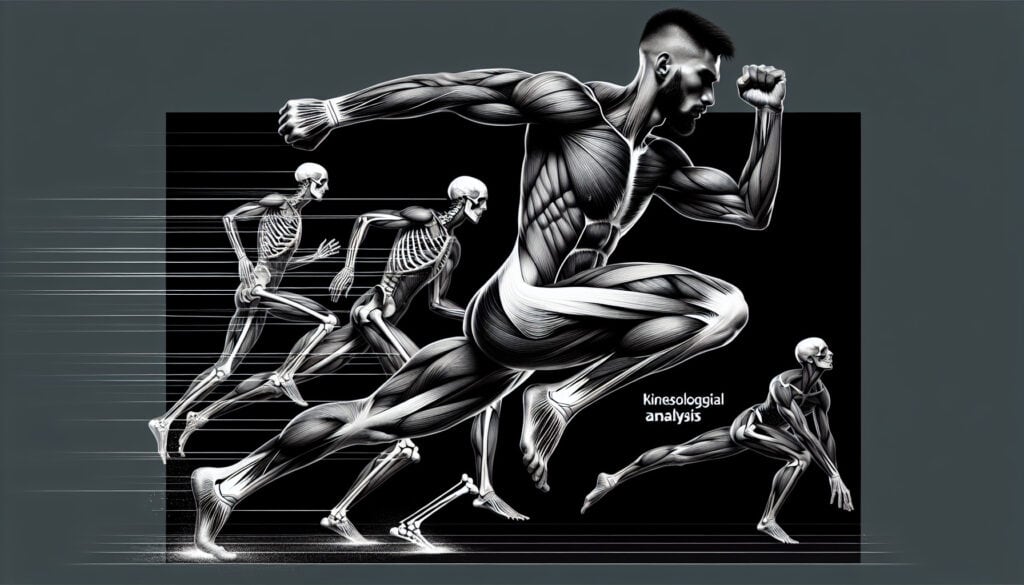分析人体运动及其内在机制。
- 方法: 客户与营销, 经济学, 产品设计
运动学分析

运动学分析
- 持续改进, 面向制造设计 (DfM), 可持续性设计, 效率, 人体工程学, 人为因素, 人因工程(HFE), 运动学, 安全
目标
如何使用
- 从机械和解剖学角度研究人体运动。它用于人体工程学和运动科学,分析人体在运动过程中的受力情况,并设计出更安全、更有效的执行任务的方法。
优点
- 有助于提高人类运动的安全性和效率;可用于设计更好的产品和工作场所。
缺点
- 可能比较复杂,需要专业设备和专业知识;可能无法全面反映用户体验。
类别
- 人体工程学
最适合:
- 分析工人的动作,设计更安全、更高效的设备 工作站.
运动学分析在各行各业都有多种用途,尤其是在以安全和效率为优先考量的工作场所。在制造业和装配线上,这种方法被用来检查工人在重复性工作中的体力需求,帮助识别可能导致受伤或疲劳的动作,从而为设备设计或布局改进提供参考。在医疗保健行业,治疗师运用运动学原理制定康复方案,促进最佳运动和康复,确保患者安全有效地恢复行动能力。在体育科学领域,教练和训练员会对运动员进行分析,利用运动学研究的数据改进训练技术和设备,在提高成绩的同时最大限度地降低受伤风险。这种方法最好由多学科团队发起,包括人体工程学专家、设计工程师、健康专业人士、最终用户或工人,通过不同的专业知识促进合作,丰富分析内容。运动学分析尤其适用于产品开发阶段,在这一阶段及早考虑人的因素,可以带来促进舒适性和安全性的创新。它在健康和安全法规中的应用意味着它还能支持合规工作,帮助企业遵守行业标准,同时提高工人的满意度和生产率,从而使企业受益。
该方法的关键步骤
- 确定要分析的具体动作或任务。
- 将动作分解成不同的阶段,以了解其中的力学原理。
- 分析动作每个阶段的解剖结构及其功能。
- 评估作用在身体上的力,包括重力、摩擦力和肌肉力。
- 确定与任务相关的运动范围和关节角度。
- 评估运动过程中采用的姿势以及与理想人体工程学的潜在偏差。
- 确定与分析动作相关的任何受伤风险因素。
- 提出提高行动效率和安全性的建议。
- 测试建议的干预措施或设计修改,并分析其影响。
专业提示
- 利用动作捕捉技术对生物力学进行定量评估,从而准确识别工作场所任务中的低效和人体工程学问题。
- 对工具和表面进行详细的力和压力测绘,以确定最佳尺寸和材料,减轻工人在重复性工作中的负担。
- 通过迭代原型设计和用户测试,将运动学原理融入设计过程,确保工作站在真实运动数据和用户反馈的基础上不断发展。
历史背景
1687
1687
1750
1788
1800
1800
1800
1678
1687
1738
1757
1788
1800
1800
1800
(如果日期不详或不相关,例如 "流体力学",则对其显著出现的时间作了四舍五入的估计)。















相关文章
制造运营管理(MOM)
制造执行系统(MES)
生产控制计划
人工测试
手动搬运评估表 (MAC)
手动任务风险评估工具(ManTRA)